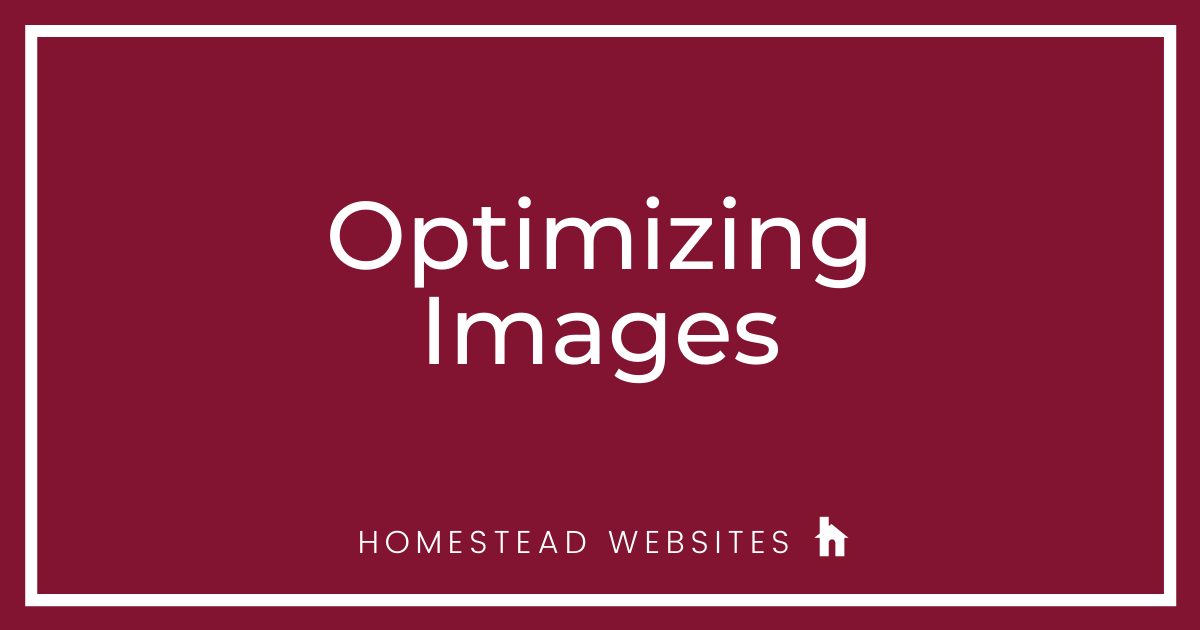677 Messages
•
44.6K Points
Optimizing Images

Optimizing images can help get the most out of your website. It assists with load time, bandwidth usage, SEO, and customer experience. Don't be afraid to edit the images; it will help search engines and browsers better rank your site. Keep the images consistent in size and crop them to fit best with the platform being used. Condensing and resizing the images will also help with the website's load time, resulting in a better overall customer experience. Adding the appropriate image alt tags is a great and easy way to improve browser searches and SEO.
How to Optimize Images:
- Reduce the image to the smallest possible size that still maintains a high-quality resolution when displayed. Find a balanced medium. The optimal file size for large images or full-screen background images should be no more than 1 MB. Smaller images can be 300 KB or less.
- Put the image next to relevant text and name the image file correctly for SEO.
- Choose the correct file format. PNG – produces higher quality images but also has a larger file size. JPEG – uses lossy and lossless optimization. You can adjust the quality level for a good balance of quality and file size. GIF – only uses 256 colors. It's the best choice for animated images.
- Use a photo editing app or website like Photoshop to alter the overall size, dimensions (length and height), and the images' resolution.
- Compress the images with a free program. Popular ones are TinyPNG or TinyJPG. Both will significantly reduce the file size without interfering with the quality.
- Add the appropriate alt tags to the images. These are descriptive keywords used to describe the image and translate what the image is to search engines. This helps correlate the relevance for specific searches.
- Don't overuse or stuff alt attributes for decorative images. Search engines may penalize you for over-optimization.
What are the Benefits of Image Optimization?
- Faster overall website speed.
- Improved SEO rankings. Fast-loading websites rank higher in search engines and have better conversions.
- Higher overall conversion rate for sales and leads.
- Less storage and bandwidth. Relieves the stress load on the server.
- Better customer experience when visitors come across your site.
- Mobile devices will load the site faster for better convenience. Users typically only wait 3 seconds for a site to load before looking for the next one.
If you have not yet optimized your site's images, now is a great time to start. See the impact it can make on the site speed, sales, conversion rates, and improve SEO ranking.




No Responses!